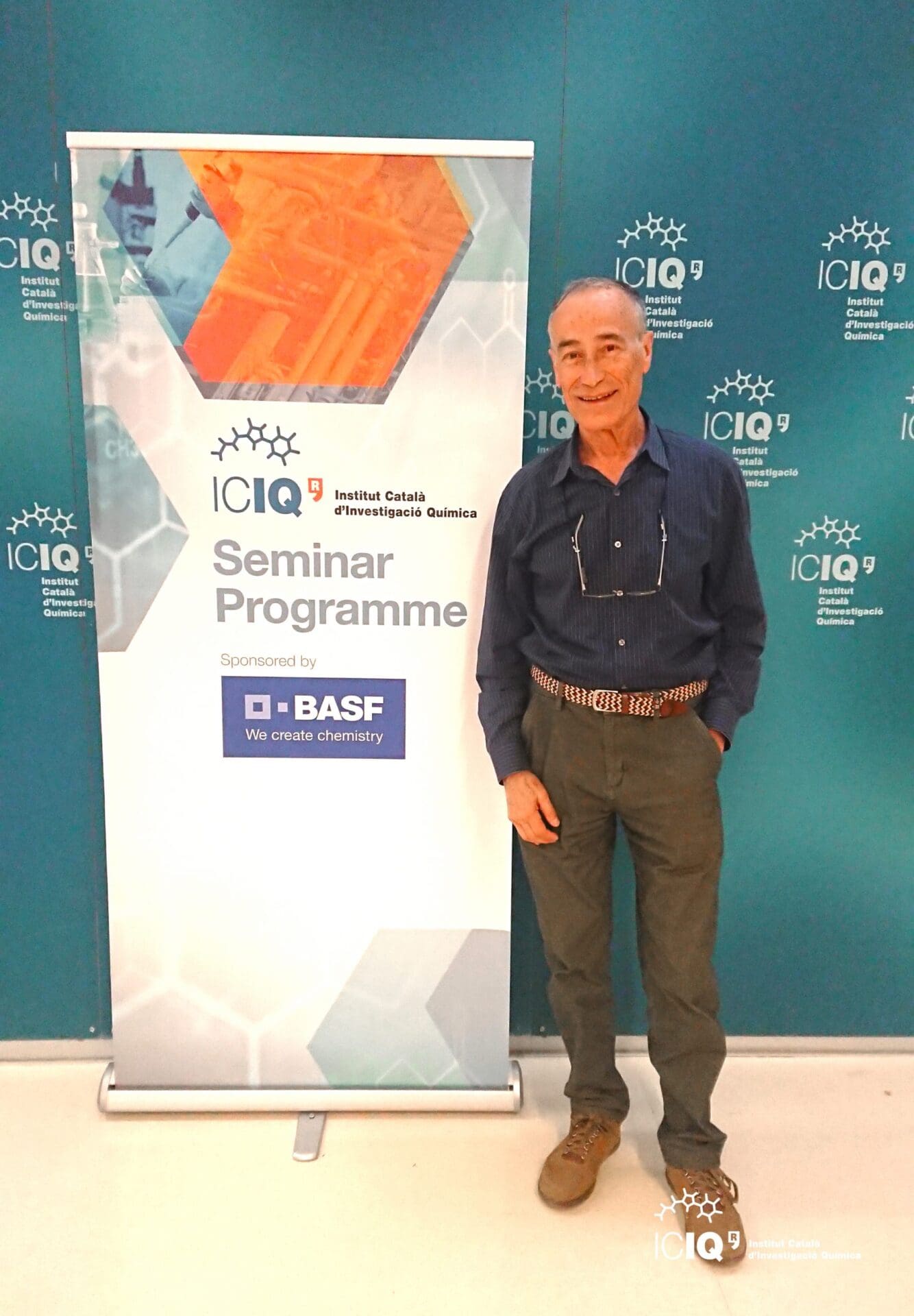
 08/11/2023
08/11/2023
 14:00 h
14:00 h
- Lecturer: Prof. Miquel Salmeron
- University: University of California, Berkeley, USA
- Sponsored by:

The Structure of Solid-Liquid Interfaces
A detailed knowledge of the molecular structure of the interface between material surfaces and gases, and of Electrodes and Electrolytes, is crucial for solving fundamental problems in fields like catalysis, wetting, corrosion, electro-photochemistry, batteries and many others. Until now this has been hampered by the scarcity of surface-sensitive microscopy and spectroscopy techniques that can operate in gas and liquid phases at environmental pressures in the Torr to Atmosphere range. In the last decades my group in Berkeley has developed a variety of techniques and methodologies that break this pressure barrier. I will illustrate the techniques we developed and how we used them to determine the atomic structure of interfaces between metal electrodes (Cu, Au, Pt, TiO2, graphene), soft matter (polymers, biomaterials) in gas and liquid environments, and in the presence of electric fields. The use of photon spectroscopies (XPS, NEXAFS, Infrared, and others) combined with of reaction cells with windows transparent to photons and electrons has provided detailed information of the chemical state of electrode and electrolyte structure and of biomaterial interfaces native liquids.
Other events

Let's create a brighter future
Join our team to work with renowned researchers, tackle groundbreaking
projects and contribute to meaningful scientific advancements




















